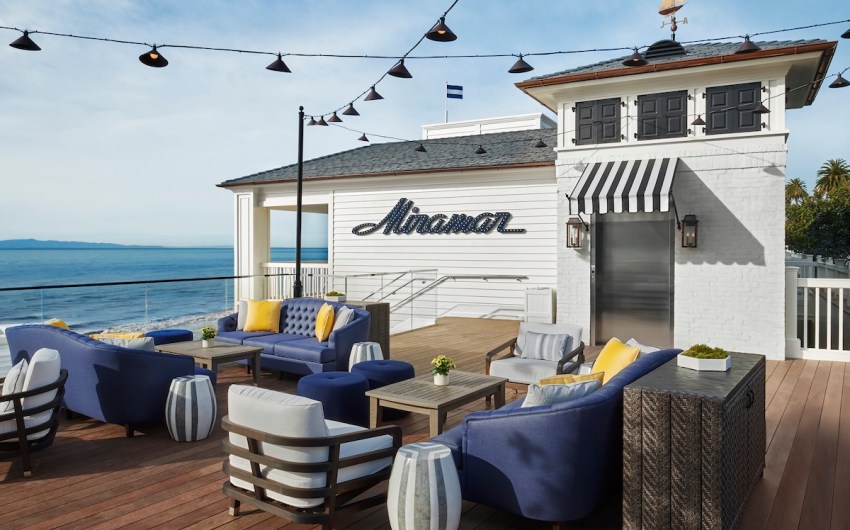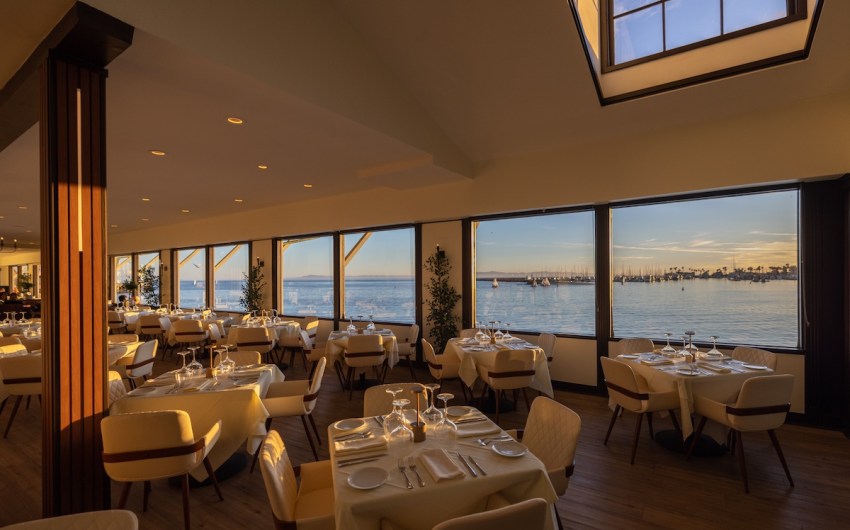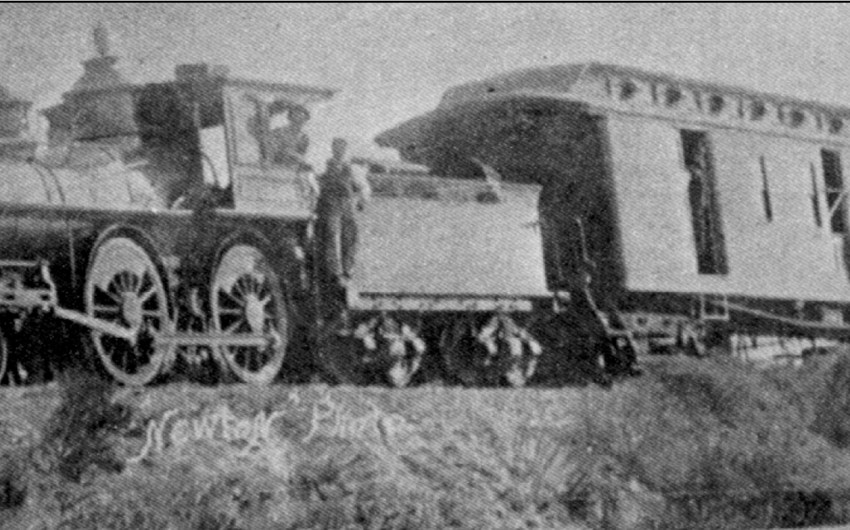Review | The Best of Mexican Folklore in Santa Barbara
Santa Barbara Treasure ‘Danza Folklórica Quetzalcóatl’ Brings Exuberance and Exhilaration to the Granada

For three hours on Saturday night, The Granada Theatre reverberated with exuberant joy and pulsating rhythm as dancers, musicians, and animated audience members generated a flow of energy throughout the building. The occasion was the 39th annual live performance of local group Danza Folklórica Quetzalcóatl de Santa Barbara, founded and directed by Francisco Espinosa. Titled Lo Mejor del Folklore Mexicano – The Best of Mexican Folklore – the performance featured 50 skilled and athletic local dancers, ages 5 to 60, accompanied by Banda Maqueos, a 20-piece wind, brass, and percussion youth ensemble from L.A.; and Mariachi Los Camperos de Jesús “Chuy” Guzmán, one of the world’s supreme professional mariachi ensembles. What a night!
Setting the tone for the whole performance, Los Camperos opened the event with their characteristic explosion of vitality and connection. With their rich sound, marvelous technical skill, and superb mastery of audience engagement, they generated a sumptuous atmosphere of inclusivity. Comprising 12 instrumentalists — six violins, two trumpets, Veracruz-style harp, guitarrón, guitar, and vihuela — the ensemble always creates a tight and complex sound, with shifting rhythms, keys, and tempos.

Mellifluous, emotional, and powerful vocals are provided throughout by nine of the musicians, taking turns to move to the front of the stage to sing. Every move they make is tightly choreographed, including every dexterous violin bow stroke, and every charming smile is expertly delivered. Their repertoire is carefully selected to enable audiences to participate by singing along to iconic numbers, filling the auditorium with mass voices.
Following the opening mariachi numbers, the much-anticipated dancing stars of Quetzalcoatl entered to the accompaniment of Los Camperos. All 50 dancers filled the expansive Granada stage with their confident and welcoming presence, performing complex geometric patterns and close partner work as they threaded in and out of each other, using a highly technical and precise form of rhythmic footwork — zapateado.
Zapateado is key to most folklorico dance styles, involving intricate, complex and ever-changing forms of rhythmic stepping, tapping, and stamping, frequently shifting with different beats, emphasis, and tempos.
Their folkorico costumes drew on turn of the 20th century “ranchera” styles, with overt gendered roles: women and girls in long flowing ruffled, lacey, and colorful skirts and blouses with heeled shoes or boots, and men and boys in white pants, shirts, jackets, hats of varying styles and shapes, and heeled boots. Some of these dances require the women and girls to perform an exhausting skirt movement, driving the layers of fabric through vigorous and continuous 180–degree motions with their arms, while men juggle machetes. Each medley of dances hails from a specific state in Mexico, each with their own characteristics, choreographies, and moods. The first medley of dances hailed from the state of Nayarit, just north of the beach town of Puerto Vallarta twinned with Santa Barbara.

After another musical medley by Los Camperos — songs of icon Vicente Fernandez — the 20 musicians of Banda Filharmónica Maqueos quietly entered the back of the stage, readied their instruments, and launched into a vigorous Oaxacan medley to accompany the ensuing dance section. With driving winds, brass, and percussion, the banda was brilliantly directed by Yulissa Maqueos, while playing clarinet throughout, delivering a tight and slick performance from this fantastic L.A. youth ensemble.
And so the evening continued, with barefoot dancers performing the classic pineapple dance, dynamic choreography from Veracruz and Sinaloa, sensual danzóns from Campeche, and finally, spirited partner work from Jalisco, home state of mariachi and of the iconic charro costume of silver buttoned pants and jacket and huge felted hat.

Bringing the performance to a close, after a final mariachi medley of Juan Gabriel’s popular songs, the stage was filled to overflowing as all the dancers and musicians took their places, framed by the U.S. and Mexican flags on either side, and Francisco Espinosa in the center.
All in all, the program was cleverly curated to give sufficient time and space to dance numbers and to Los Camperos — all the while forming a flowing and coherent sense of continuity. It is no mean feat for the 50 dancers to perform to two live large musical ensembles, with little rehearsal time, yet the tight collaboration was palpable.
At the heart of the success of this event was the brilliant work of longtime Goleta resident Francisco Espinosa. Since the mid-1980s, Maestro Espinosa has made it his life’s mission to dance and teach Mexican folklorico genres to local children and adults, seeking to perpetuate the repertoire of dances that were brought together from many states and staged in Mexico City in the 1930s, in the aftermath of the Mexican Revolution in order to generate a unified national identity of Mexican-ness or mexicanidad through dance. Here in the Santa Barbara area, Maestro Espinosa has been highly influential as teacher, choreographer, dancer, and organizer, seeing three generations through his dance group Quetzalcoatl, with some branching off to form their own folklorico ensembles, continuing the legacy of mexicanidad here in the U.S.

For three hours on Saturday evening, Lo Mejor del Folklore Mexicano offered an antidote to these challenging and divisive times, providing not only respite, but a sense of inclusion and joy. Audience participation was superbly enabled both before the event and during the intermission by local realtor Miguel Avila, a founder of the Santa Barbara Mariachi Festival.
The phrase “commanding the stage” indicates that performers look completely at home and are connecting with their audience, and this is what the dancers of Quetzalcoatl achieved — a genuine sharing of energy, exhilaration, and delight. Perhaps some of the very youngest dancers seemed a little worried under the bright lights, but the very experience of being the focus of so much attention will have given them a deep sense of confidence and accomplishment — and rightly so.
Next year will be the 40th event of Danza Folkorica Quetzalcoatl, again directed by Francisco Espinosa. It is likely that Los Camperos perform again and hopefully also Banda Maqueos. I encourage readers to keep an eye out and attend for an evening of sheer positive performative energy.
Premier Events
Thu, Dec 05
5:00 PM
Santa Barbara
First Thursday at Art & Soul in the Funk Zone
Sat, Nov 23
11:00 AM
Santa Barbara
Santa Barbara Antique & Vintage Show & Sale
Sat, Nov 23
12:00 PM
Santa Barbara
Fall 2024 Healing Arts Faire
Sat, Nov 23
7:30 PM
Santa Barbara
SBCC Theatre Arts Department presents “Mrs. Bob Cratchit’s Wild Christmas Binge”
Sun, Nov 24
11:00 AM
Santa Barbara
Santa Barbara Antique & Vintage Show & Sale
Sun, Nov 24
6:00 PM
Santa Barbara
¡Viva el Arte de Santa Bárbara! Mariachi Garibaldi de Jaime Cuellar
Mon, Nov 25
11:00 AM
Santa Barbara
Extra Planetarium Shows This Week
Tue, Nov 26
7:00 PM
Santa Barbara
An Evening with Mendeleyev
Tue, Nov 26
7:30 PM
Santa Barbara
CLUE
Wed, Nov 27
7:00 PM
Santa Barbara
The Hansen Family Songfest!
Thu, Nov 28
1:00 PM
Santa Barbara
The Cruisery Open on Thanksgiving
Thu, Dec 05 5:00 PM
Santa Barbara
First Thursday at Art & Soul in the Funk Zone
Sat, Nov 23 11:00 AM
Santa Barbara
Santa Barbara Antique & Vintage Show & Sale
Sat, Nov 23 12:00 PM
Santa Barbara
Fall 2024 Healing Arts Faire
Sat, Nov 23 7:30 PM
Santa Barbara
SBCC Theatre Arts Department presents “Mrs. Bob Cratchit’s Wild Christmas Binge”
Sun, Nov 24 11:00 AM
Santa Barbara
Santa Barbara Antique & Vintage Show & Sale
Sun, Nov 24 6:00 PM
Santa Barbara
¡Viva el Arte de Santa Bárbara! Mariachi Garibaldi de Jaime Cuellar
Mon, Nov 25 11:00 AM
Santa Barbara
Extra Planetarium Shows This Week
Tue, Nov 26 7:00 PM
Santa Barbara
An Evening with Mendeleyev
Tue, Nov 26 7:30 PM
Santa Barbara
CLUE
Wed, Nov 27 7:00 PM
Santa Barbara
The Hansen Family Songfest!
Thu, Nov 28 1:00 PM
Santa Barbara






















You must be logged in to post a comment.